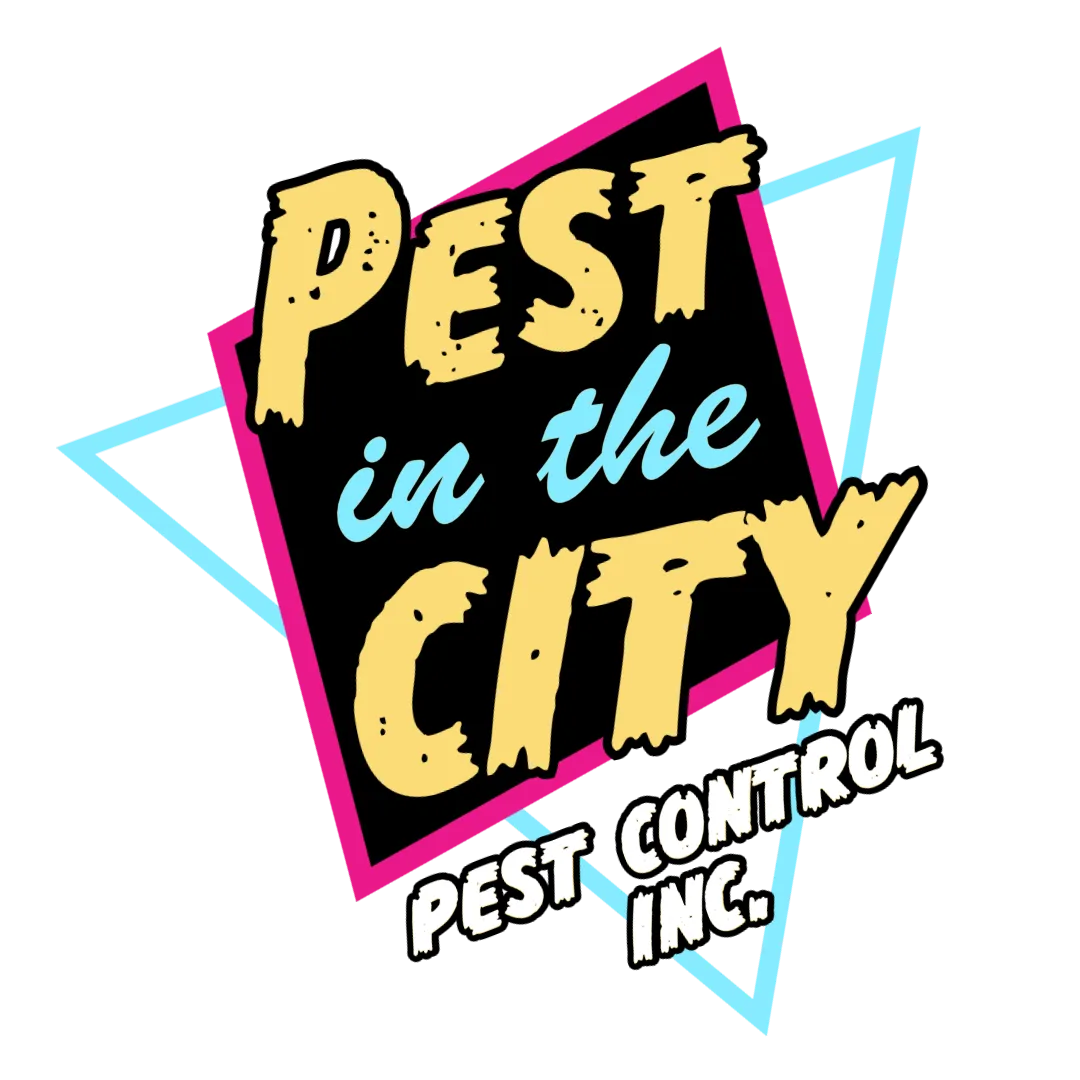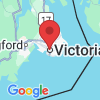Our Services
At Pest in the City Victoria, we deliver expert bed bug extermination services to thoroughly eliminate infestations and restore your peace of mind.
At Pest in the City Victoria, our expert wasp control services swiftly and safely remove wasp nests, restoring peace and security to your area.
CRAWLING INSECTS
At Pest in the City Victoria, we expertly remove crawling insects, ensuring your home remains clean and safe.
At Pest in the City Victoria, our rodent control service effectively eradicates rodents, safeguarding your home and ensuring a peaceful environment.
At Pest in the City Victoria, our targeted mosquito control treatments effectively reduce mosquito populations, enhancing your outdoor comfort and safety.
At Pest in the City Victoria, our effective bird control services safeguard your property from unwanted avian guests, ensuring a peaceful and clean environment
At Pest in the City Victoria, our wildlife control services effectively safeguard your home from animal intrusions, ensuring your environment remains safe and undisturbed.
Why Choose Us
For Your Victoria Pest Control Needs?
At Pest In The City Victoria, we are an integral part of the Pest in the City Pest Control Inc. network. Built on a foundation of reliability and extensive expertise, our objective is to deliver exceptional pest control solutions to the Victoria community, enhancing safety and comfort for both residential and commercial settings.
Operating under the respected Pest in the City Pest Control Inc. banner, Pest In The City Victoria embodies the same commitment to professionalism and quality that our clients trust and rely on. Leveraging our deep understanding of local pest issues with the broad capabilities and resources of Pest in the City Pest Control Inc., we stand ready to address and resolve any pest-related problems with utmost effectiveness.
Protects Your Home’s Integrity: Professional wildlife control services are essential in preventing potentially severe damage to your property, particularly in areas needing effective pest control in Victoria. Our experts address the root causes of wildlife invasions, safeguarding your home’s structural integrity from animals that might burrow or gnaw through critical materials.
Health and Safety Assurance: Wildlife can carry diseases that are transmissible to humans and pets. By controlling these animals, our professional services help safeguard your family's health against risks such as rabies, Leptospirosis, or other zoonotic diseases.
SEthical and Humane Methods: We pride ourselves on using humane methods for removing wildlife, ensuring that animals are treated with respect and kindness. Our approaches comply with local wildlife laws and regulations, focusing on relocation and habitat modification to prevent future issues.
Long-term Prevention: Beyond mere removal, we implement strategic measures to prevent future wildlife problems in Victoria, BC. This includes sealing entry points, habitat modification, and providing advice on how to keep your property unattractive to unwanted animals, ensuring effective pest control in Victoria, BC.
Customized Service Plans: Understanding that each property and wildlife issue is unique, we provide tailored service plans designed specifically for the challenges of your particular situation. This personalized approach ensures more effective and lasting solutions, with ongoing support to maintain a wildlife-free environment, making us a trusted exterminator in Victoria, BC.
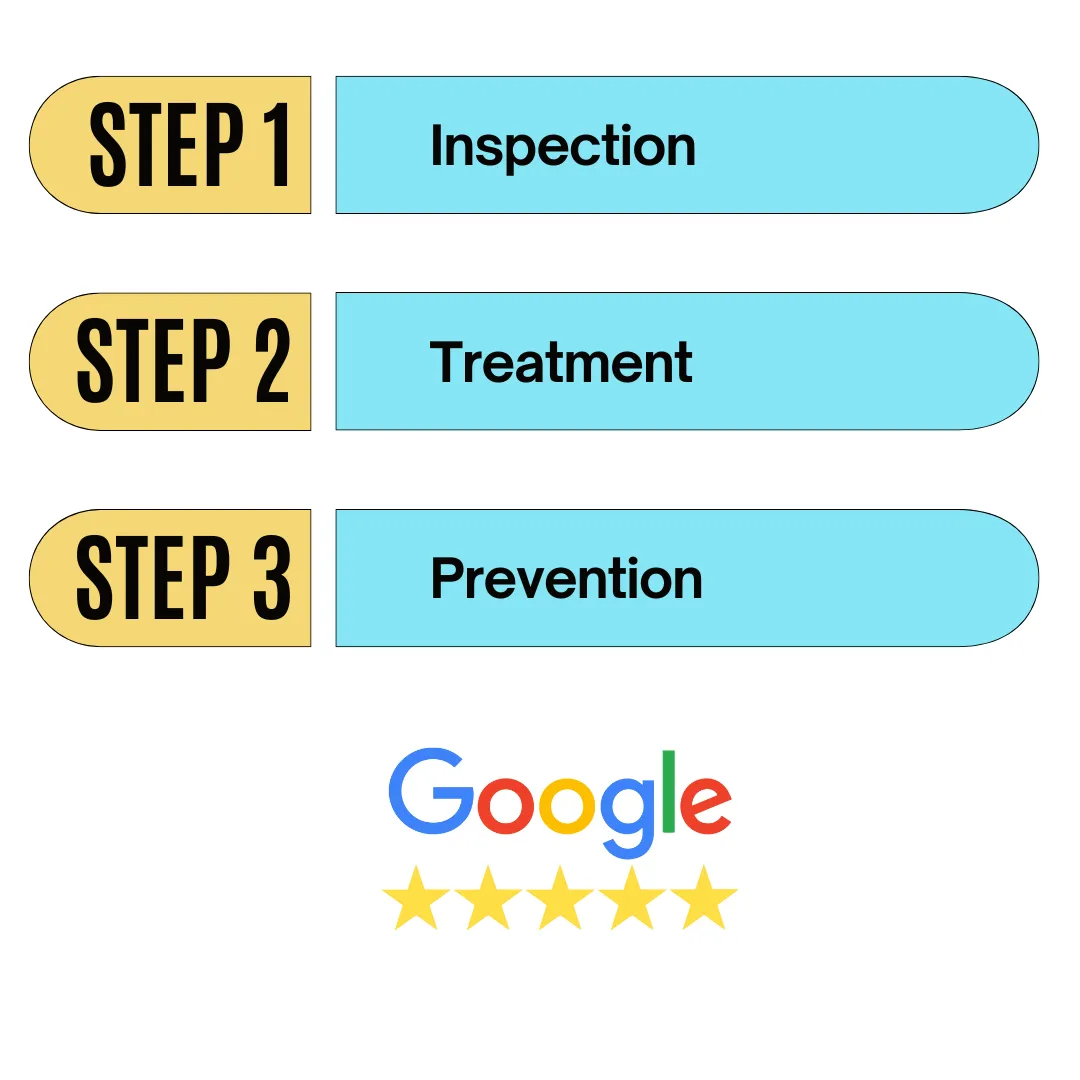
Our Three-Step Pest Control Process at Pest In The City Victoria
Inspection: Our expert team begins with a detailed inspection of your property to accurately identify and assess pest activity, ensuring precise treatment planning.
Treatment: We apply targeted, eco-friendly treatments designed to effectively address your specific pest issues while prioritizing environmental safety and the health of your household.
Prevention: Beyond immediate treatment, we equip you with robust prevention strategies, offering ongoing support to maintain a pest-free environment and protect against future infestations.
Comprehensive
Pest Solutions
Eco-Friendly
Treatments
Expert
Technicians
Preventative
Strategies
What Are Our Customers Saying?
We are proud to have earned our 5 star reputation in the local Victoria community
Our Ongoing Programs
Ongoing Mosquito Program
Our ongoing Mosquito Control Program provides monthly services from March to October, using mosquito buckets to cover 4,300 square feet and changing chemicals monthly for continuous, pollinator-friendly protection and significant mosquito population reduction.
$42.50 per month
Ongoing Rodent Program
Our ongoing Rodent Control Program ensures a rodent-free environment year-round through personalized bi-monthly or quarterly services, including thorough inspections, re-baiting, sealing entry points, and recommending further structural work as needed.
$27.50 per month
Ongoing General Pest Program
Our ongoing General Pest Program, provided by our expert exterminators in Victoria, offers year-round protection through customized quarterly or bi-monthly services. This includes granular treatments, soffit dusting, and de-webbing, all designed to minimize chemical use and ensure the safety of your family and the environment.
$27.50 per month
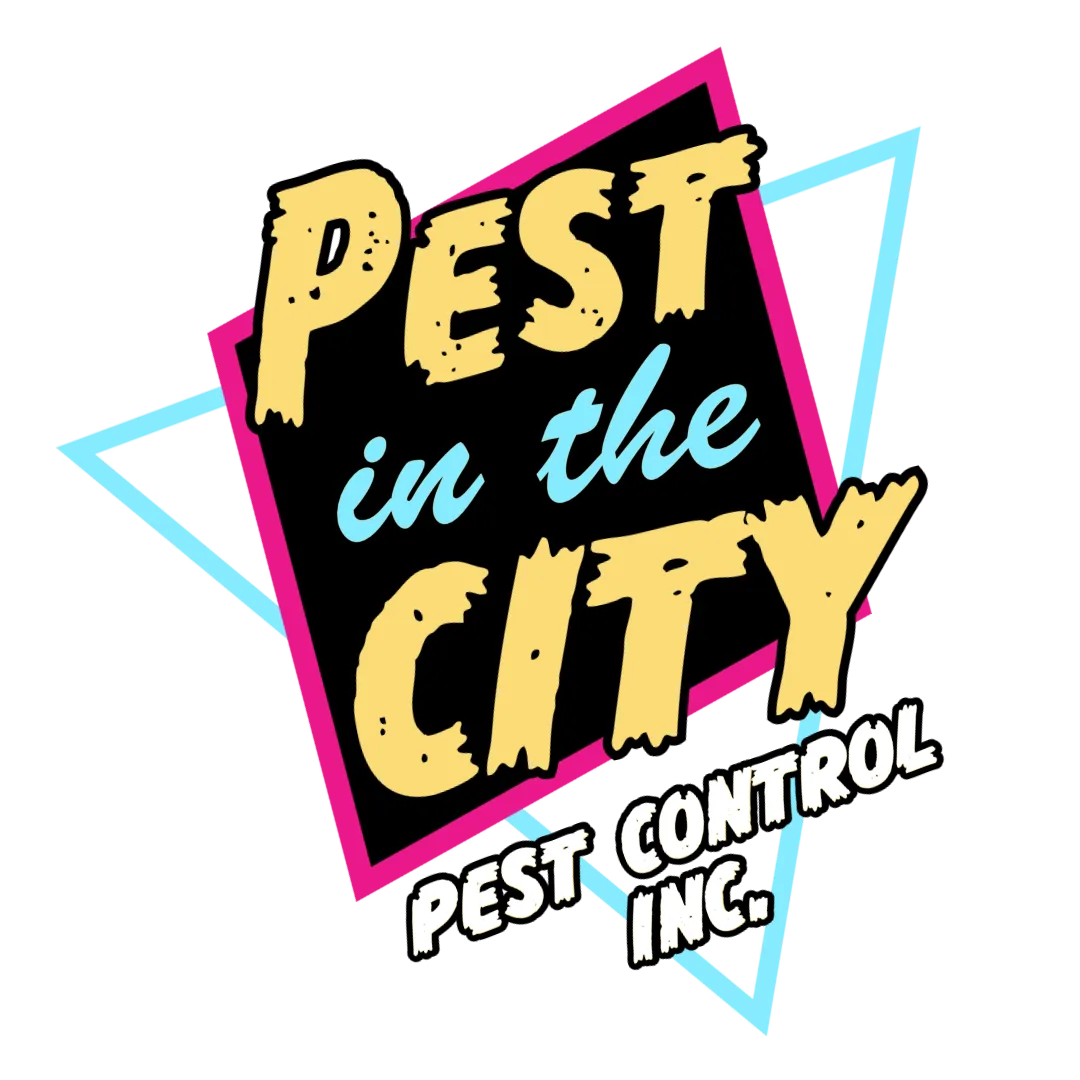
Schedule a Pest Inspection
Ready to schedule a pest inspection? Contact us today.
Victoria Pests: The Damage They Cause and the Importance of Professional Treatment
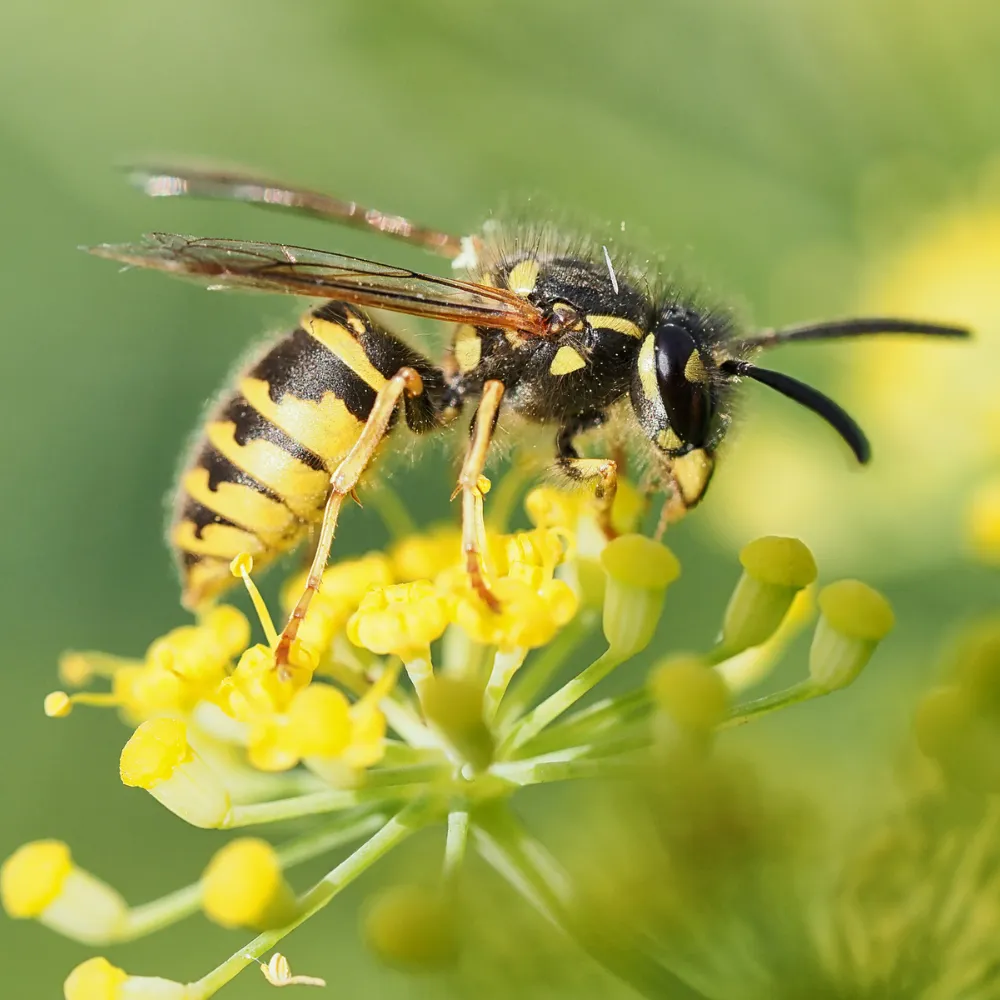
Damage: Wasps can deliver painful stings and may cause severe allergic reactions. They tend to be aggressive when their nests are disturbed, posing risks to residents.
Importance of Treatment: Professional removal is crucial for safety, effectively eliminating wasp nests and applying residual treatments to deter future infestations and prevent wasps from returning.
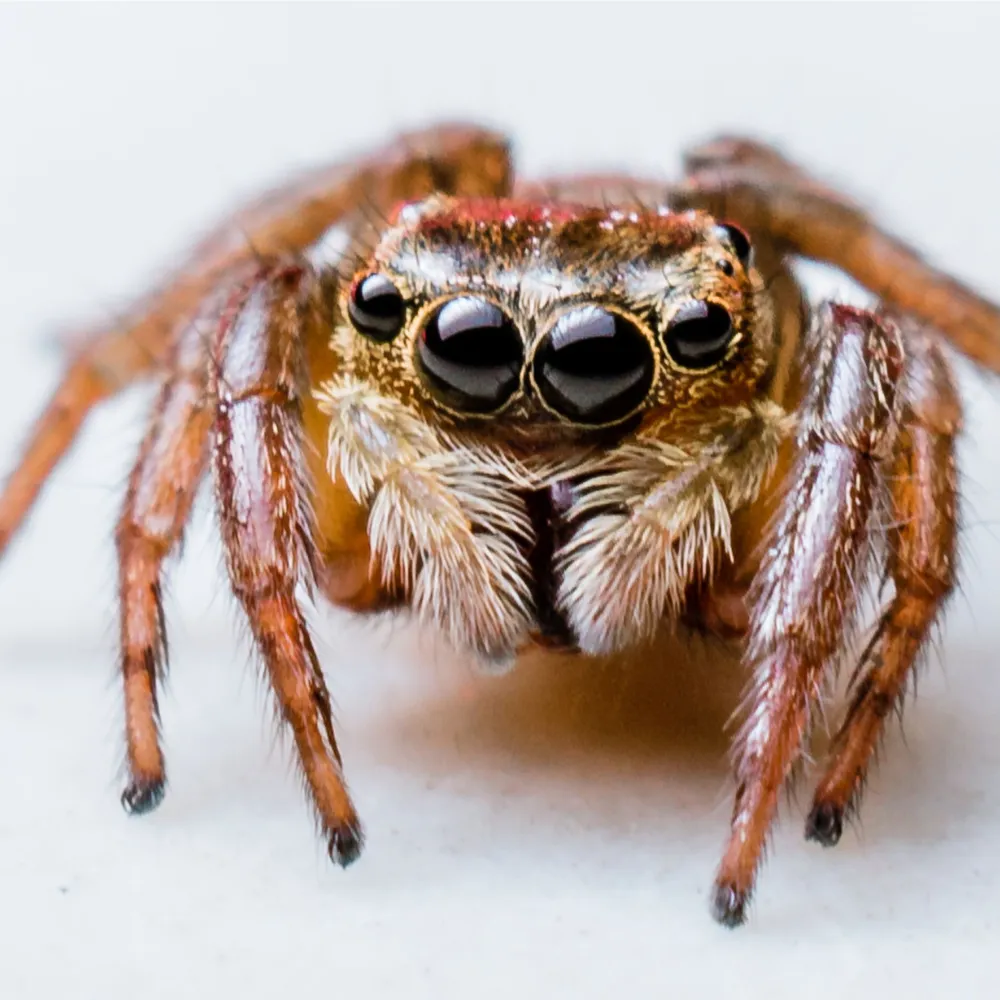
Damage: Spiders can induce fear, particularly in those with arachnophobia, and some species may deliver painful bites that could cause allergic reactions.
Importance of Treatment: Professional spider control effectively reduces spider populations and deters future infestations, using targeted treatments to address both visible spiders and hidden nests, ensuring a safer and more comfortable living environment.
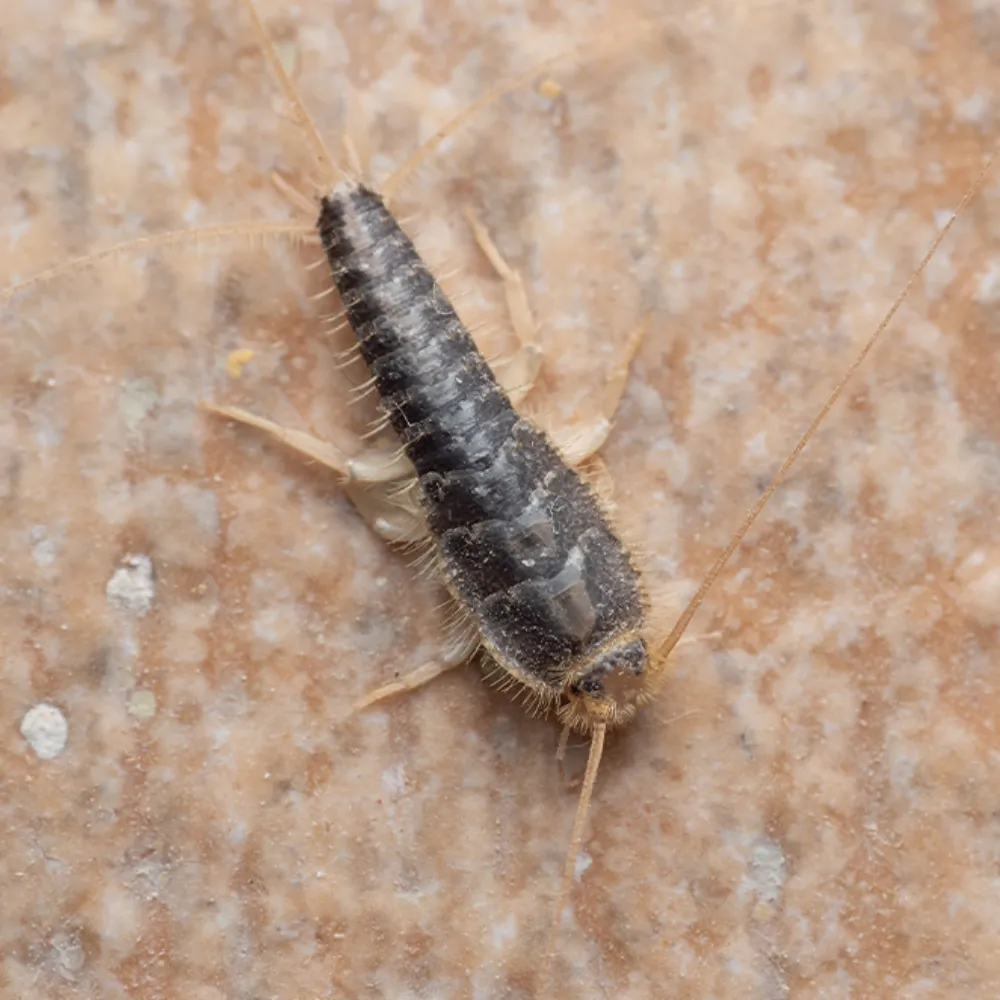
Damage: Silverfish can damage books, wallpaper, and clothing as they feed on starches and sugars, leading to costly repairs and replacements.
Importance of Treatment: Professional treatment is crucial to prevent recurring infestations, using targeted methods that not only eliminate silverfish but also address the underlying conditions that attract them.
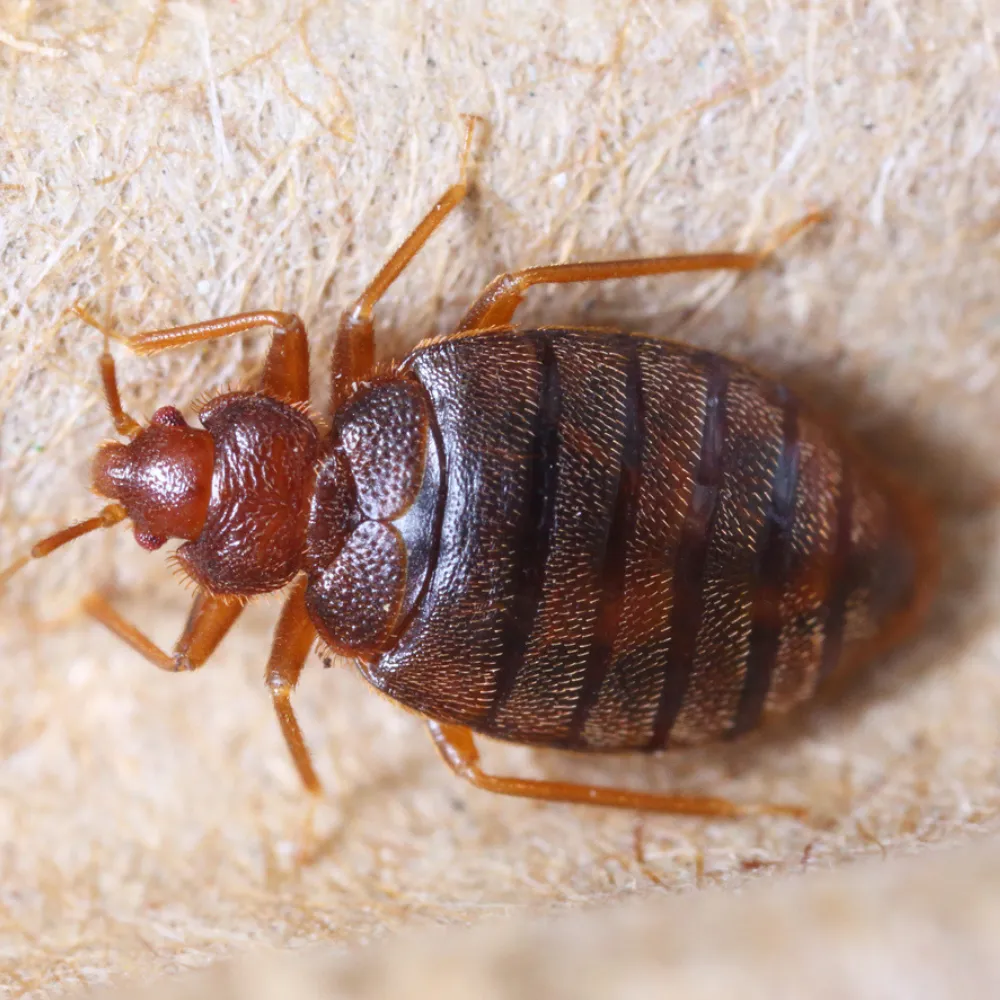
Damage: Bedbugs can cause itchy bites and severe allergic reactions, significantly disrupting sleep and daily life.
Importance of Treatment: Professional extermination is crucial, as it eliminates all life stages of bedbugs from your environment, using comprehensive strategies that prevent their recurrence and safeguard your home against infestations.
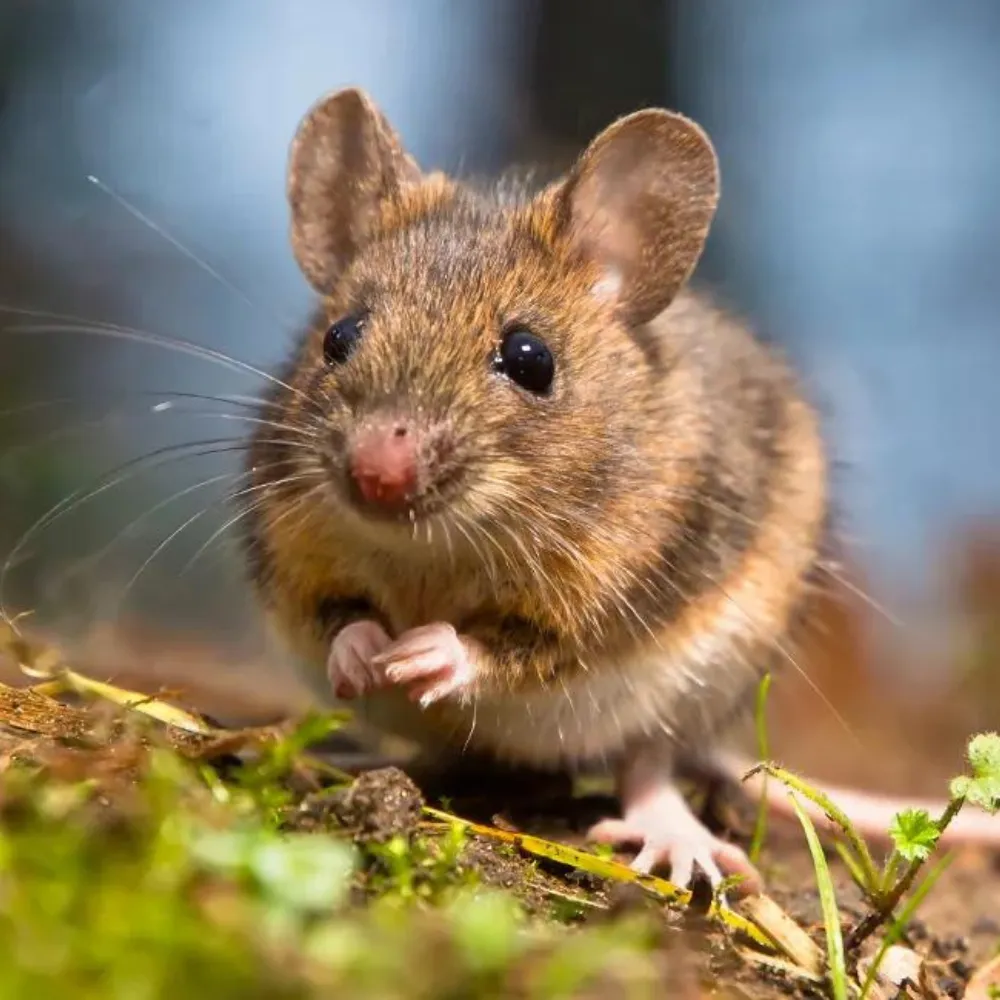
Damage: Mice can cause extensive damage by chewing through wires, insulation, and structural components, potentially leading to electrical fires and costly repairs.
Importance of Treatment: Professional extermination ensures effective removal of mice, sealing entry points to prevent future infestations, and safeguarding your home against health risks associated with mice droppings and urine.
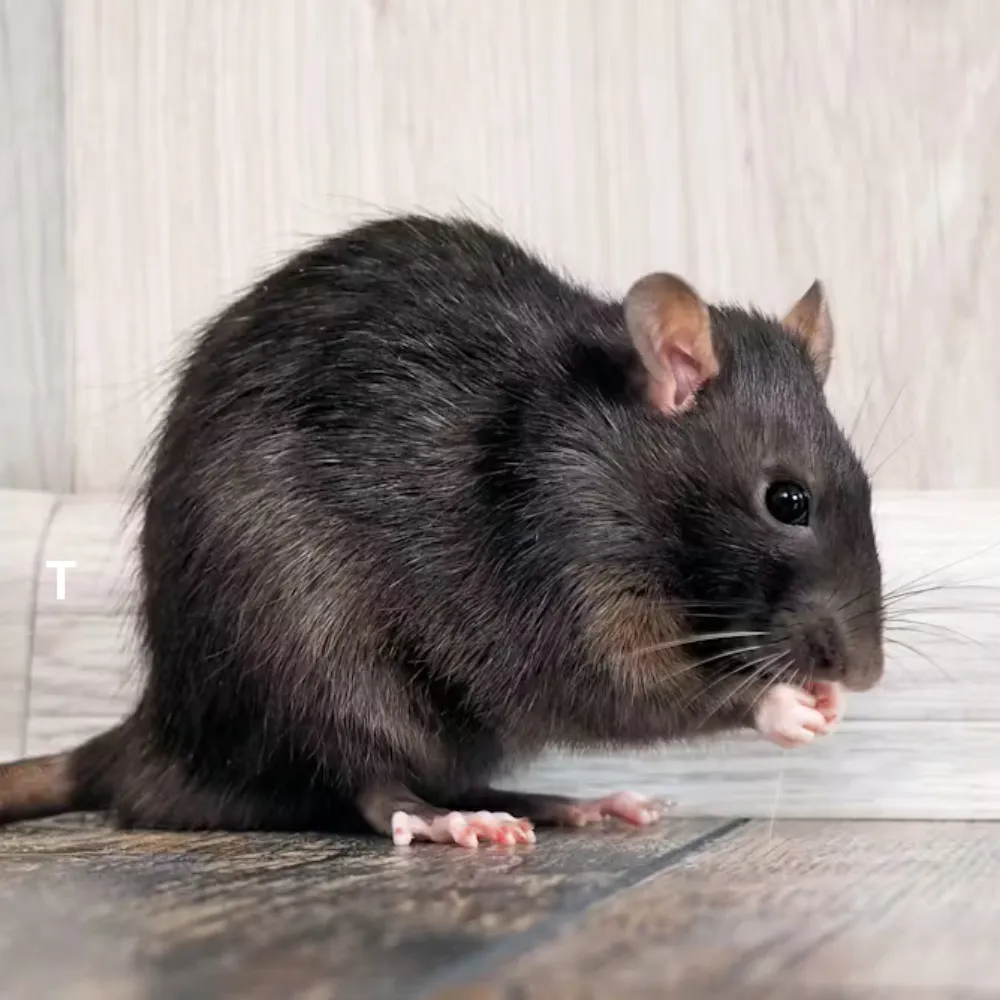
Damage: Rats can cause significant structural damage through gnawing, nest-building, and potential fire hazards from chewing on electrical wires. They also pose health risks by spreading diseases such as Hantavirus and Salmonella.
Importance of Treatment: Professional extermination is crucial for effectively eliminating rat infestations and preventing their return. It involves thorough inspections, removal, and preventive strategies to secure your property against future invasions.
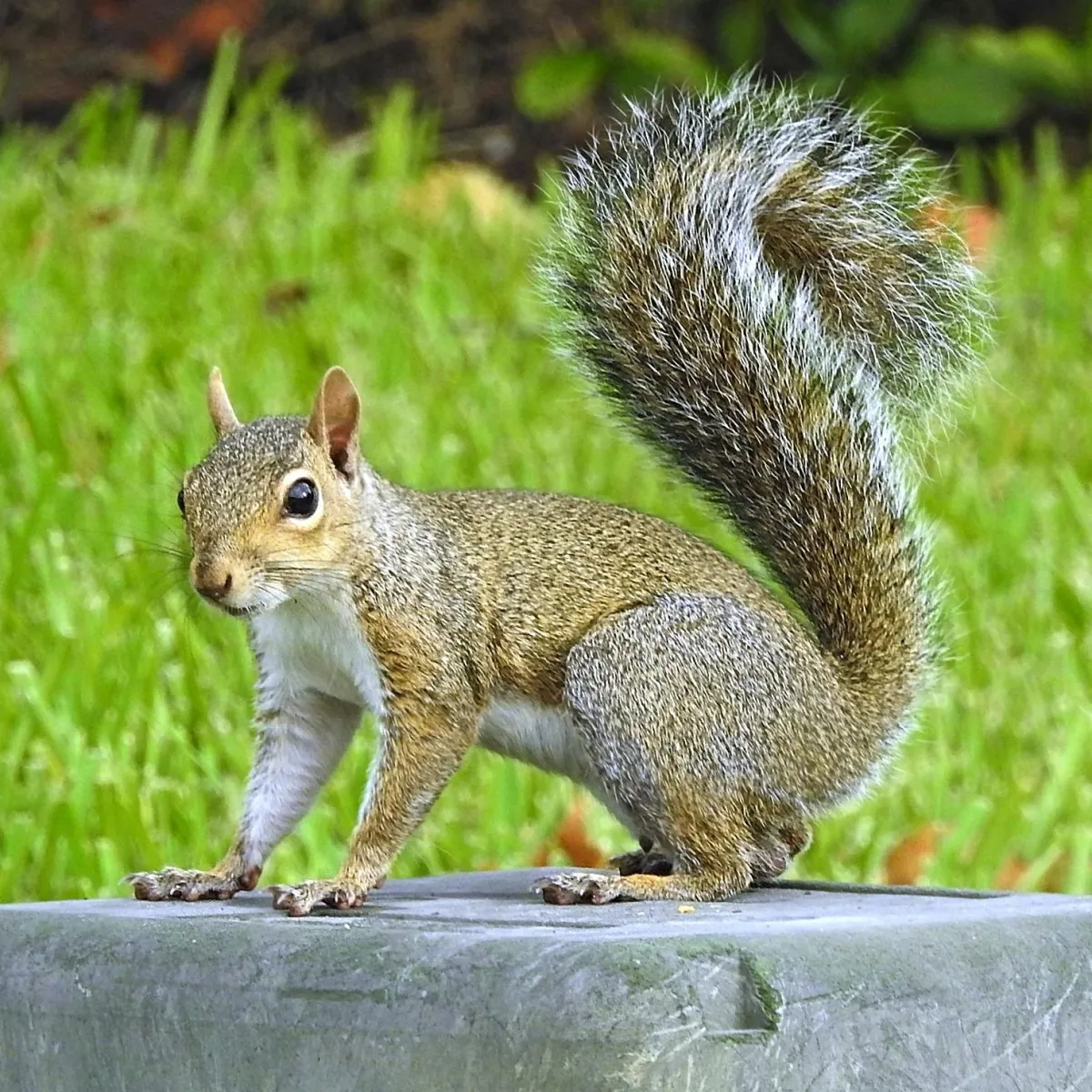
Damage: Squirrels can cause significant structural damage by gnawing on wood and electrical wires, potentially leading to costly repairs and fire hazards.
Importance of Treatment: Professional squirrel removal addresses these risks effectively by safely trapping and relocating squirrels, sealing entry points to prevent re-entry, and protecting your property from further damage.

Damage: Raccoons can cause significant structural damage as they tear through insulation, wiring, and woodwork, and may carry diseases such as rabies.
Importance of Treatment: Professional raccoon removal is crucial to prevent further damage and health risks, using humane trapping and relocation strategies while securing potential entry points to discourage return.
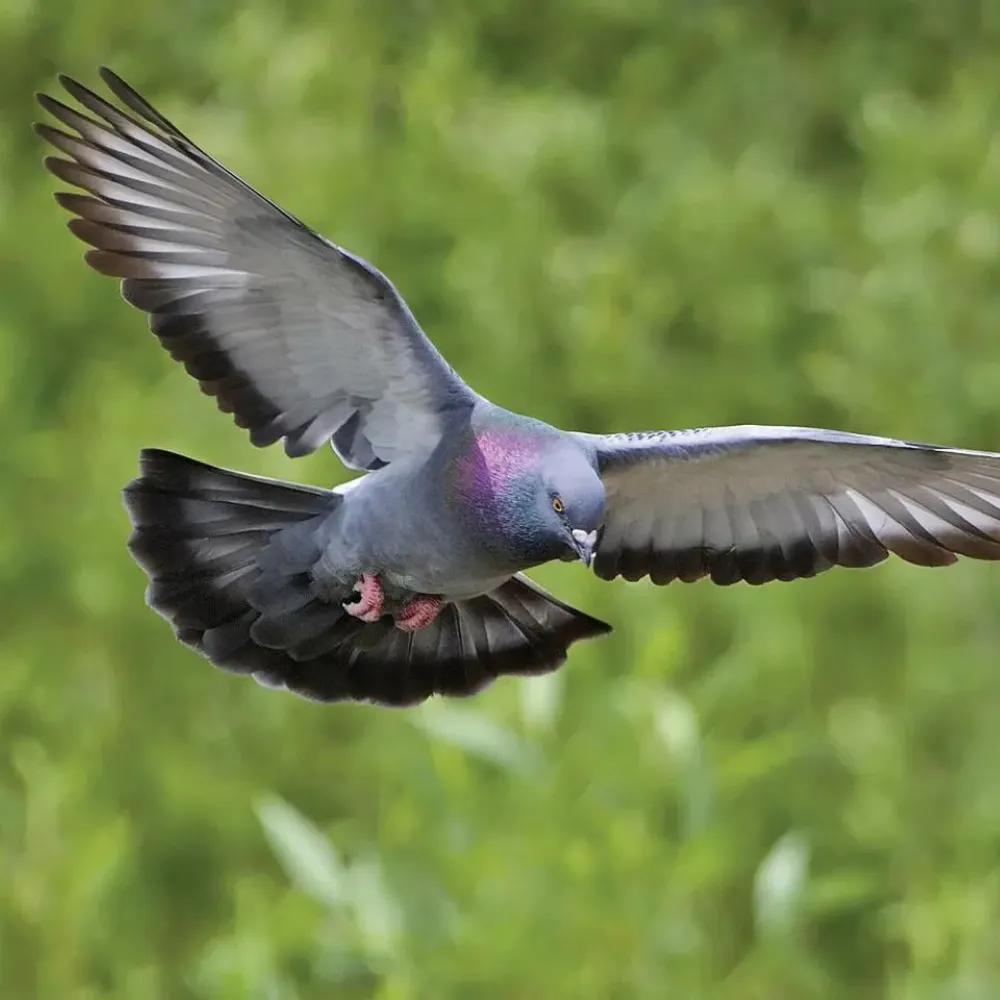
Damage: Birds can cause structural damage by building nests in vents or eaves and can block drainage systems with their nesting materials.
Importance of Treatment: Professional bird removal not only safeguards architectural integrity but also prevents health risks associated with bird droppings, ensuring areas remain clean, safe, and free from future bird-related problems.
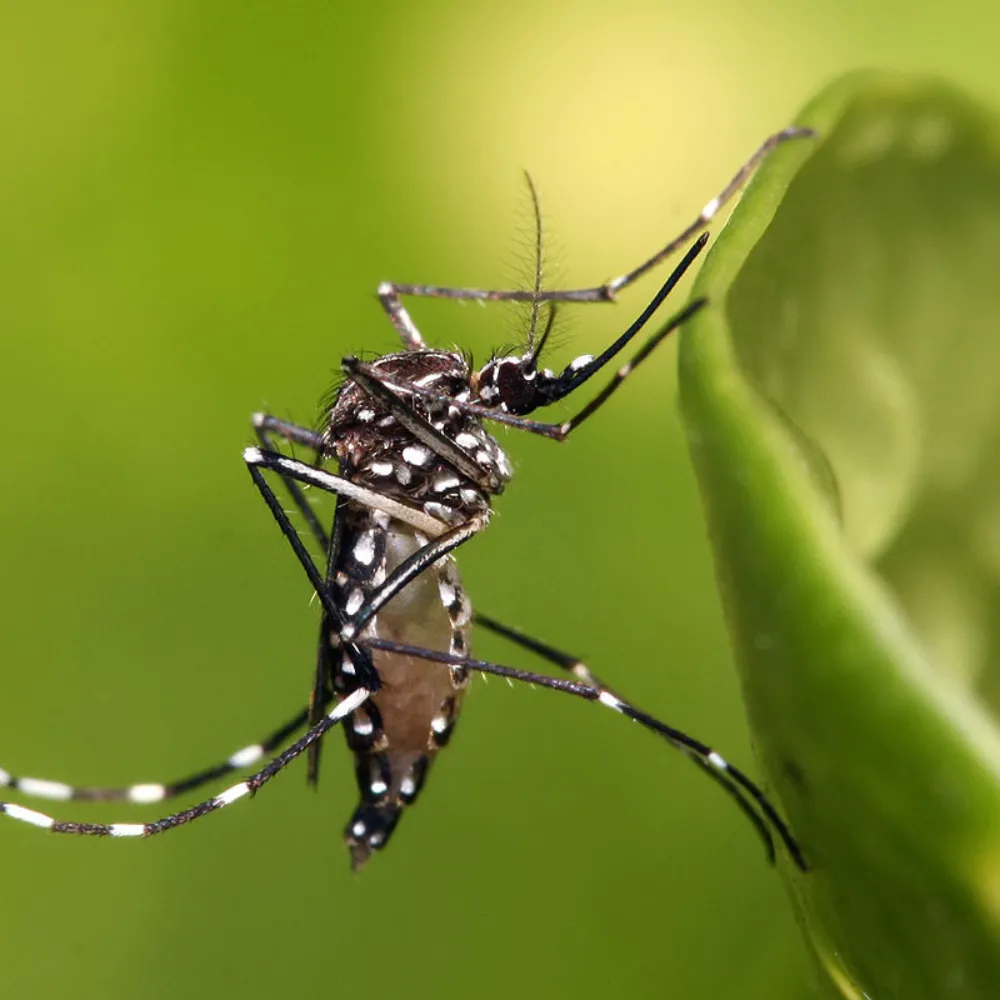
Damage: Mosquitoes are notorious for their itchy bites and can transmit diseases such as West Nile Virus, Zika, and malaria.
Importance of Treatment: Professional mosquito control effectively reduces their populations, enhances outdoor comfort, and minimizes health risks through targeted treatments and preventive measures.
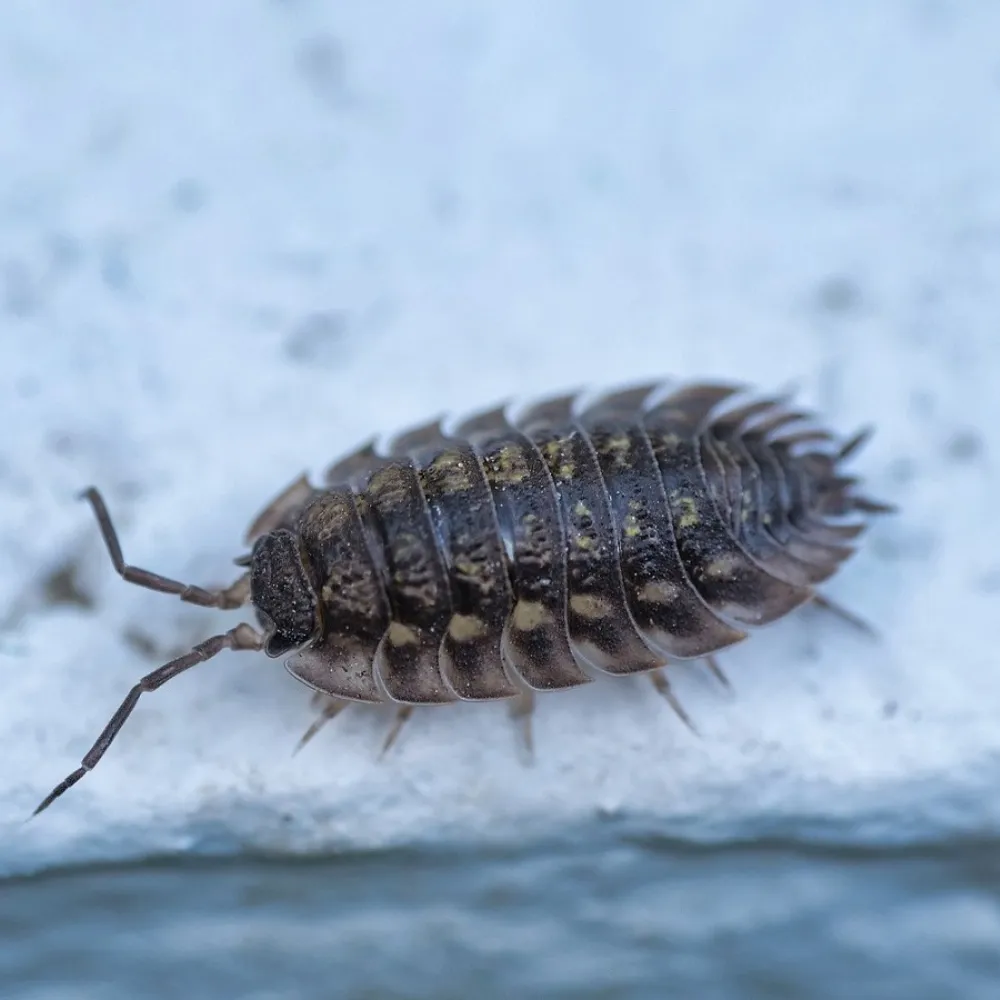
Damage: Sow bugs are more of a nuisance than a threat, as they do not cause structural damage but can invade in large numbers.
Importance of Treatment: Professional control is essential to manage sow bug populations effectively, reducing indoor intrusion and maintaining a cleaner, pest-free environment through targeted interventions and preventive measures.
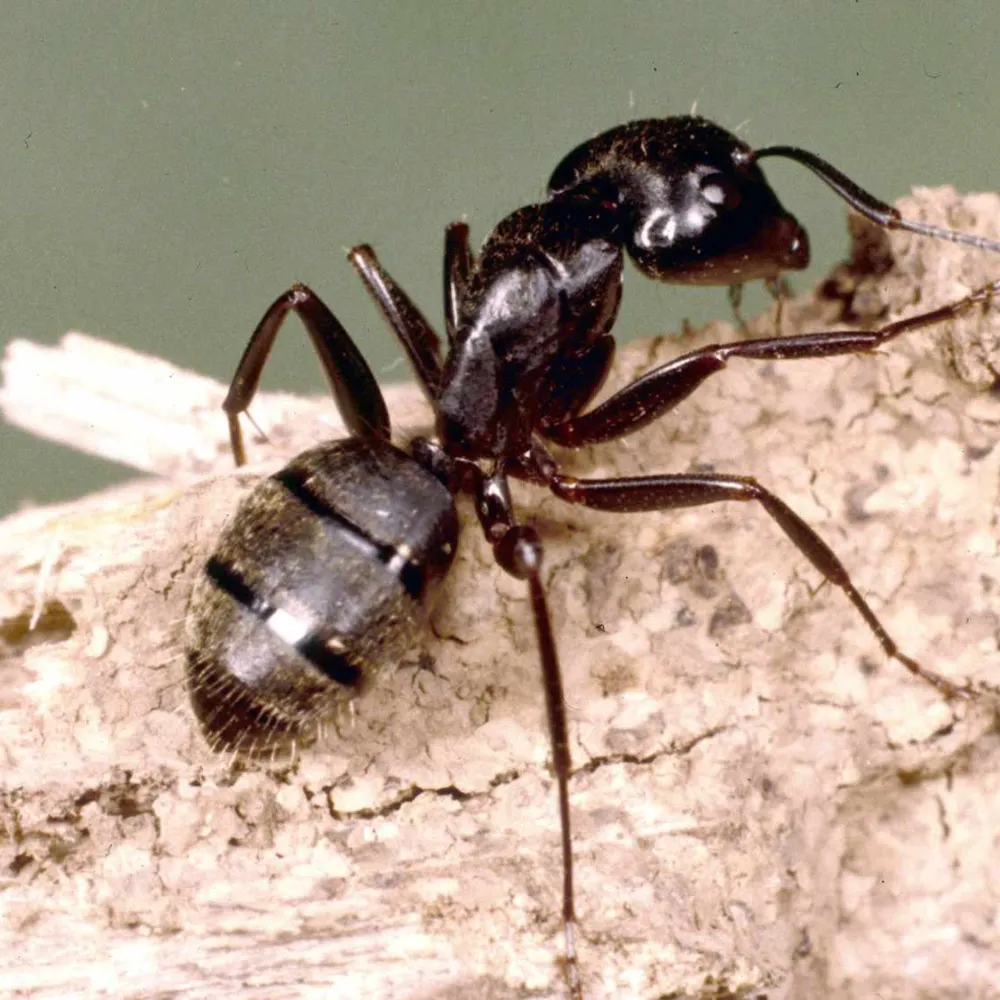
Damage: Ants can cause structural damage to your home, especially carpenter ants, which can weaken wood. Additionally, they may contaminate food and spread unwanted bacteria.
Importance of Treatment: Professional ant control is essential to locate and destroy nests effectively, preventing re-infestation and ensuring the health and safety of your home environment.
FAQs
What types of pests does Pest in the City handle?
We manage a broad range of pests, including ants, rodents, spiders, bed bugs, wasps, silverfish, squirrels, and more.
Are the pest control treatments safe for pets and children?
Yes, all our treatments are safe for both pets and children. We use environmentally responsible methods that focus on safety without compromising effectiveness.
How quickly can I expect Pest in the City to respond to a call?
We typically respond to service calls within 24 hours. Our goal is to provide timely and efficient service to address your pest concerns as quickly as possible.
Do you offer any guarantees with your pest control services?
Yes, we offer a satisfaction guarantee. If pests return between scheduled visits, we will provide additional services at no extra cost to ensure your issue is resolved.
Can Pest in the City help with a wildlife intrusion?
Absolutely! We offer humane wildlife control services for animals such as raccoons, squirrels, and birds, ensuring they are safely relocated in accordance with local wildlife laws.
What should I expect during the initial inspection?
Our trained technicians will conduct a thorough inspection of your property to identify the types and extent of infestation. This helps us develop a tailored treatment plan specific to your needs.
How often should I have my property treated for pests?
The frequency of treatments depends on the type of pest and the severity of the infestation. We generally recommend regular inspections and follow-up treatments to effectively manage pest populations.
Are the chemicals used harmful to my plants or garden?
We use chemicals that are targeted to pests and are generally safe for plants. However, we always take extra precautions to avoid any harm to your garden or greenery.
What can I do to prevent pests from returning?
We provide detailed prevention tips after treatment, which include sealing entry points, maintaining cleanliness, managing waste properly, and reducing standing water around your property.
Do you offer commercial pest control services?
Yes, we provide pest control solutions tailored for commercial properties, ensuring your business remains free from pests and compliant with health regulations.
